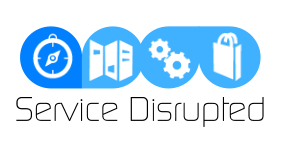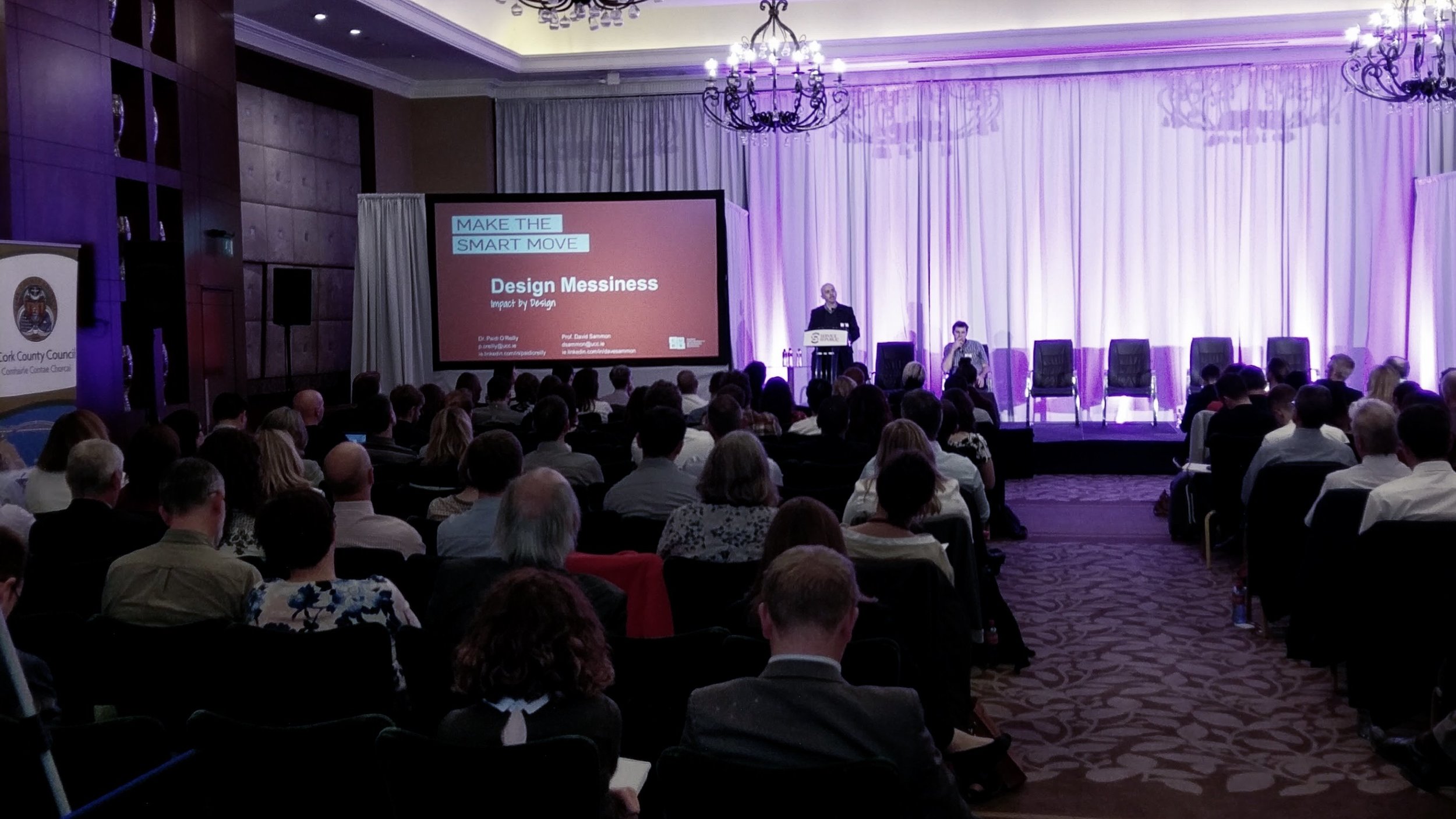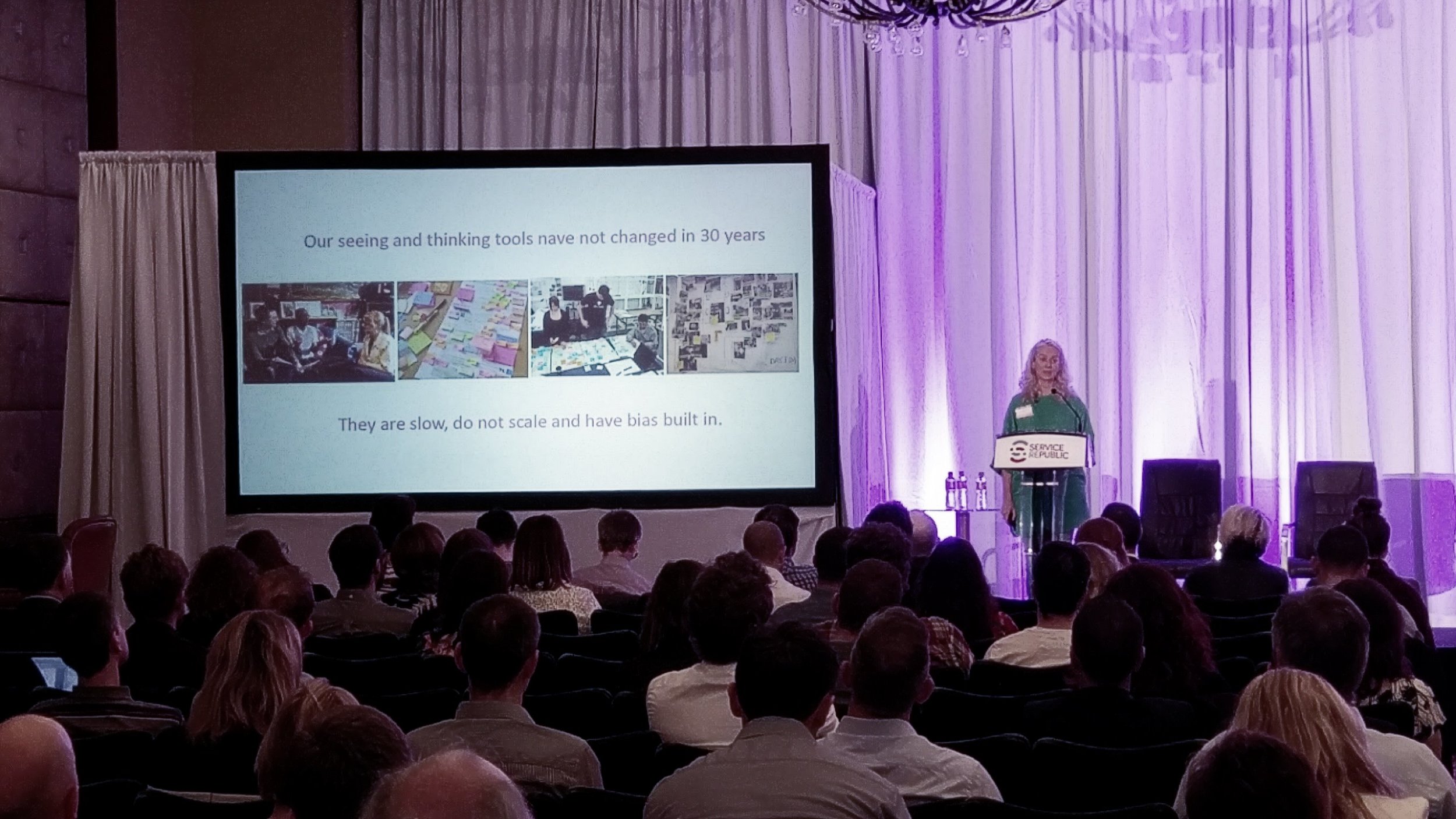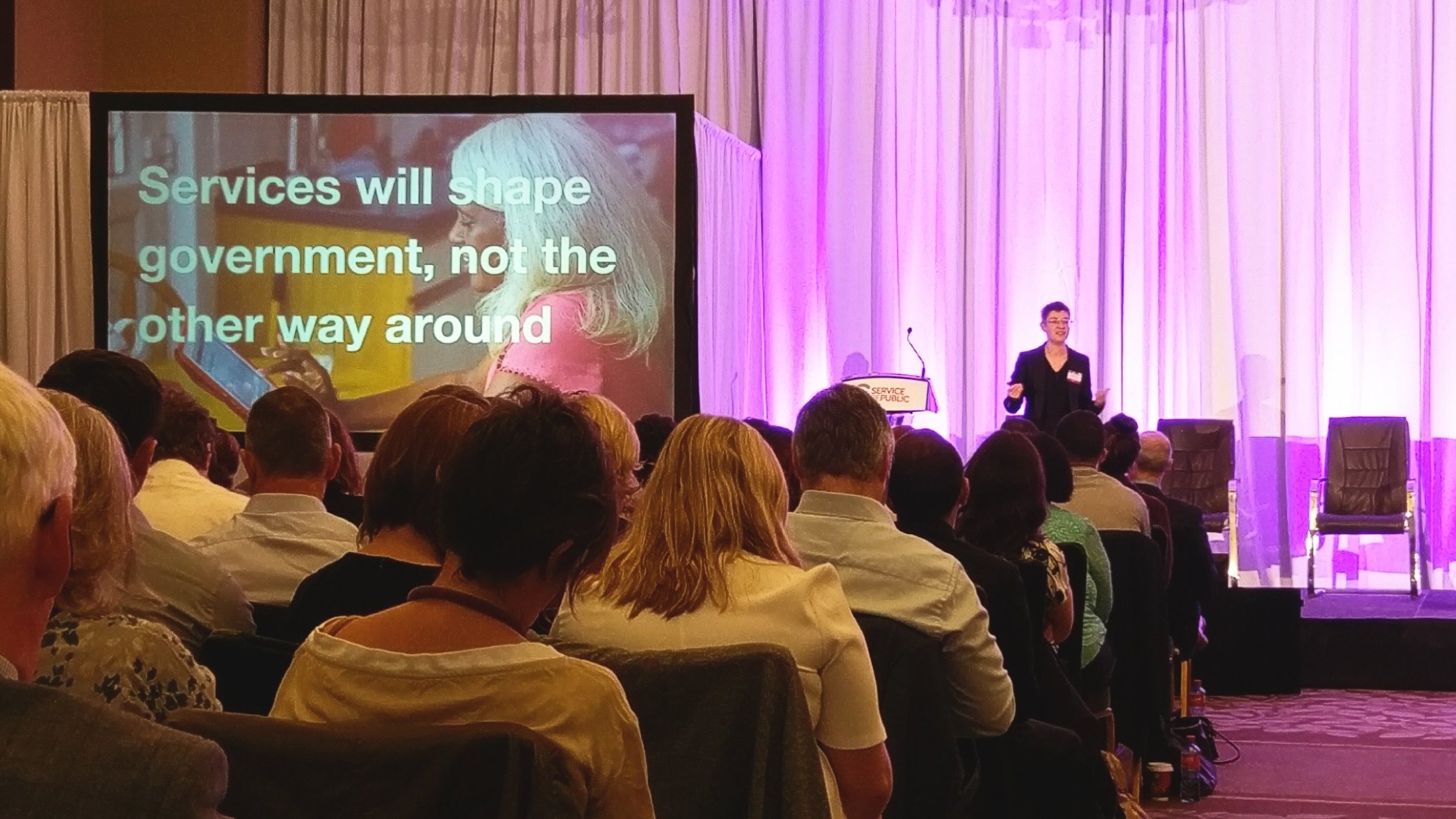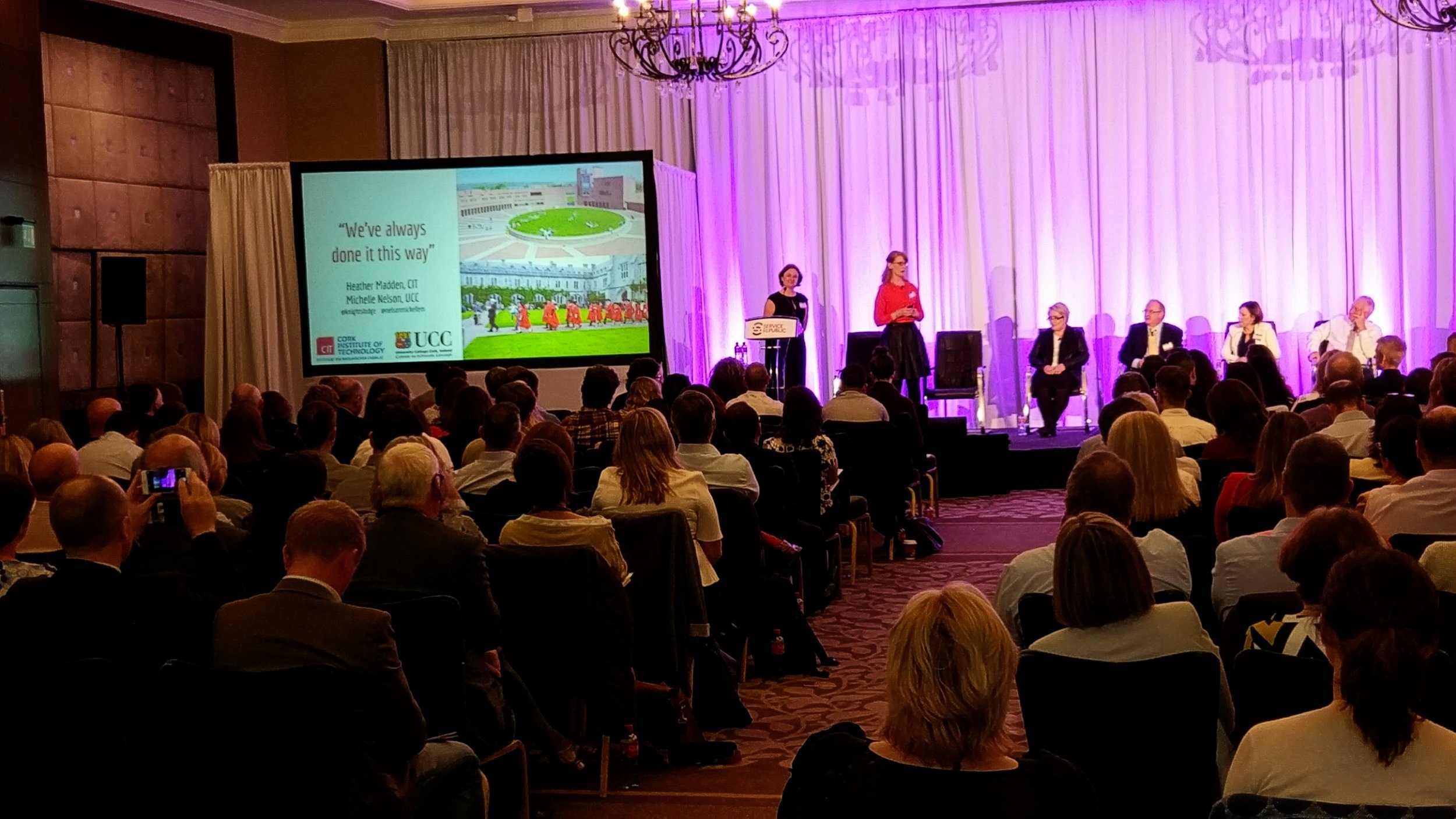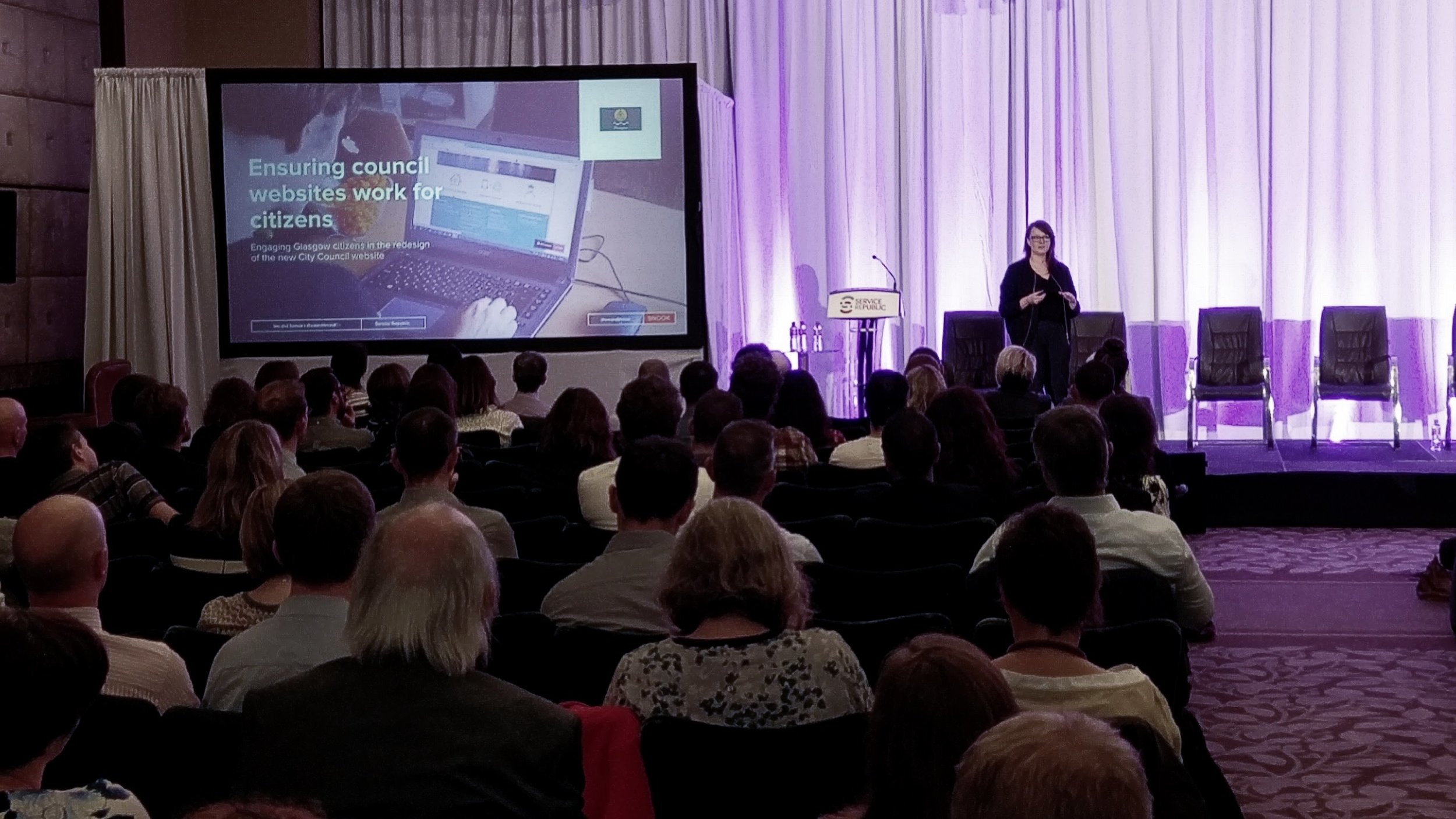Despite what many practitioners of design thinking may say, collaboration and group brainstorming are not normal behaviours for many. Design Thinking requires confidence in our own creative capabilities and prompt us to exhibit a playfulness and extroversion that may be unsettling at first. This can be particularly acute for introverts who may find group collaboration, of the kind advocated by design thinking, deeply uncomfortable. A secondary issue is that people are often simply embarrassed to attempt to do something creative, having been discouraged from such behaviours in school and at work. To some, sketching on a whiteboard, or simply suggesting an idea, may seem as terrifying as having to sing in public.
Whether you are merely a sceptic, lack creative confidence, or the thought of brainstorming in a crowded room fills you with terror, there is positive news. Studies have shown that online brainstorming, the likes of which have become most popular during the Covid-19 pandemic, are often more effective than face-to-face interactions. Tools such as Miro, Mural and Figma allow remote teams to brainstorm remotely. My own experience has shown that students who are sometimes reluctant to engage in the classroom, are often highly engaged on collaborative platforms such as Miro. For those who feel more confident in a private setting, individual brainstorming exercises have also been shown to be highly effective for idea generation. Design prompts and Crazy 8s are an excellent starting point. For the applied group research and development project, on our MSc Design and Development Digital course, we encourage students to engage in solo ideation before joining in group ideation exercises. It means all students have an opportunity to flex their creative muscles without getting drowned out by the loudest voice.
Susan Cain’s excellent book Quiet: The Power of Introverts in a World That Can’t Stop Talking, should be mandatory reading for introverts and extroverts alike. Susan describes how society is modelled on an “Extrovert Ideal” that both misunderstands and undervalues introverts. Introverts are often sensitive, thoughtful and skilled observers. Introverts also place a premium on establishing rich meaningful connections. Such qualities make them ideal candidates for UX research and design thinking which places an emphasis on empathising with users. Margaret Hagan, Executive Director of the Legal Design Lab and lecturer at Stanford Law School, suggests some tips for supporting introverts: giving space, not pushing into the spotlight and designating time for both personal work and public sharing time.
